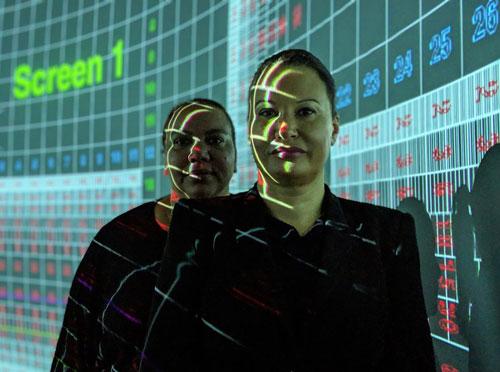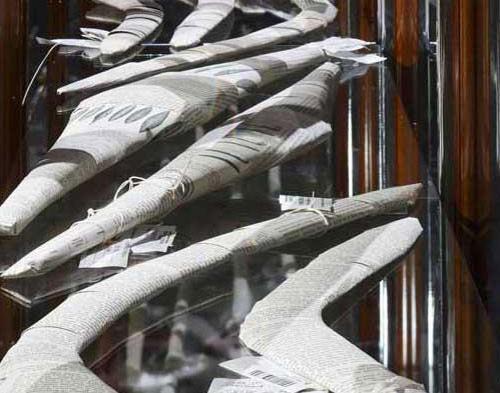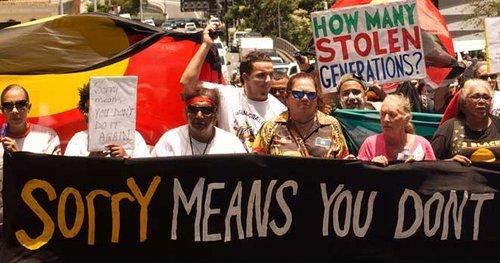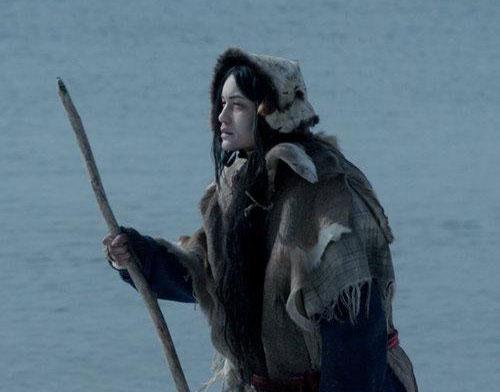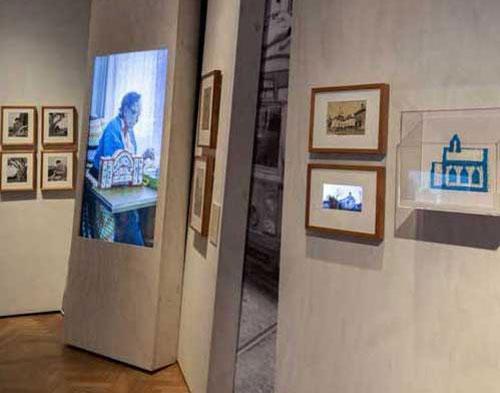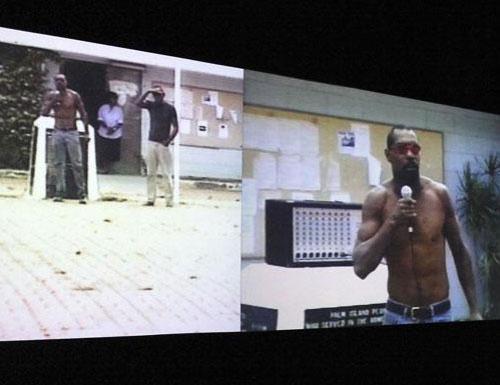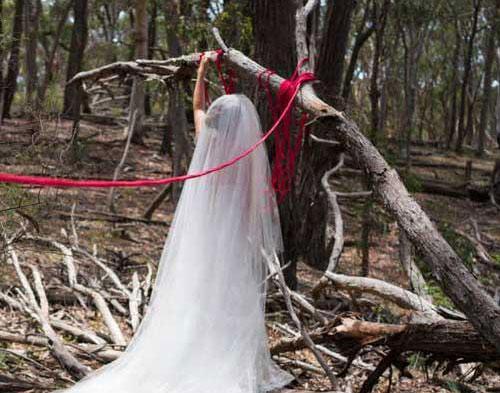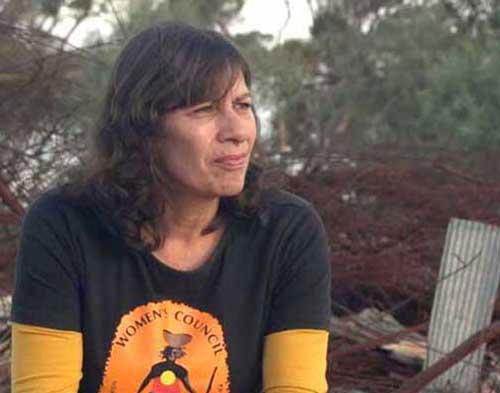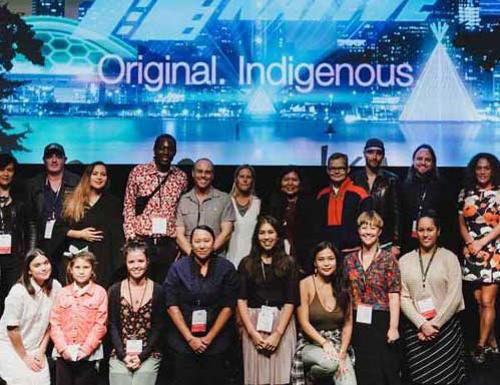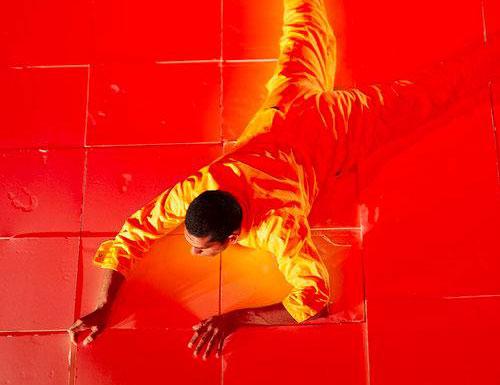Dark Emu: Thank the Earth
When Australia fabricated a fairy story of how it came by the country it was so confident of the people’s complicity in the fraud that it thought it unnecessary to wash the blood off the knife. The Australian “explorers”, first witness to country, were agents of the empire whose intent was not only to remove the prior civilisation from the land but also the memory of the invader.

